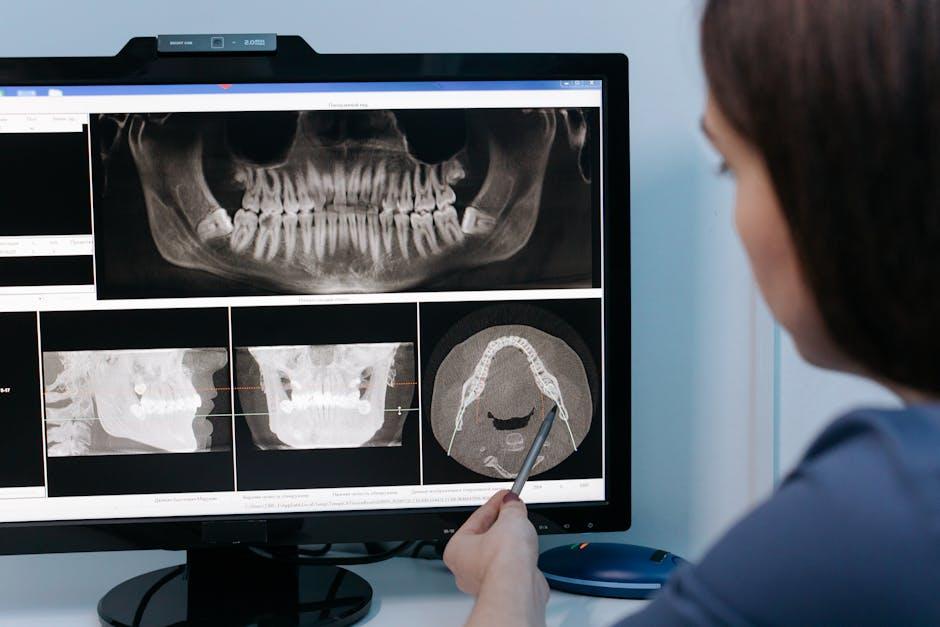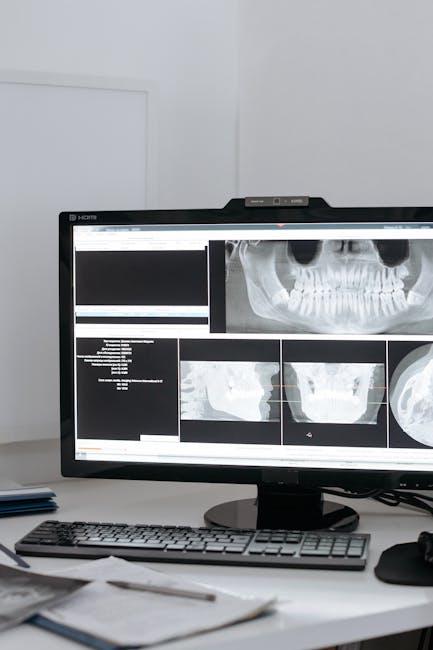
Dental Imaging Tech Boom: AI & 3D Scanners Reshaping the $6B Market
The dental imaging technology sector is experiencing a significant boom, driven by the rapid infusion of artificial intelligence (AI) and cutting-edge 3D scanners. With a market valuation surpassing $6 billion, this revolution is transforming how dentists diagnose, plan, and perform treatments — enhancing patient outcomes and operational efficiency alike. According to recent reports by PR Newswire, dental professionals, manufacturers, and investors alike are witnessing unparalleled growth thanks to these technological breakthroughs.
The Rise of AI and 3D Scanners in Dental Imaging
For decades, dental imaging relied on traditional x-rays and basic 2D representations. Today, AI-powered analytical tools combined with sophisticated 3D scanners enable unparalleled clarity, accuracy, and speed. This synergy unlocks new possibilities:
- 3D Imaging Precision: High-resolution 3D scanners capture detailed anatomical structures, facilitating better diagnosis and treatment planning.
- AI-Driven Analysis: Algorithms assist dentists in identifying anomalies, caries, bone density, and potential pathologies with enhanced accuracy.
- Improved Patient Experience: Non-invasive scans reduce discomfort and repeated exposures, fostering patient trust and satisfaction.
- Streamlined Workflows: Automated workflows, aided by AI, accelerate case processing and reduce human error in dental clinics.
Market Growth and Drivers
The dental imaging tech market, valued at over $6 billion in 2024, is expected to continue its robust growth due to several compelling factors:
- Increasing Prevalence of Oral Diseases: Rising cases of dental caries and periodontal diseases boost demand for advanced diagnostic tools.
- Adoption in Emerging Economies: Growing healthcare infrastructure and dental awareness in countries such as India and Brazil fuel market expansion.
- Technological Advancements: Continuous innovations in AI and imaging hardware attract sizable investments and broaden applications.
- Regulatory Approvals: Enhanced safety profiles and faster FDA approvals encourage adoption in clinical settings.
Benefits of AI and 3D Scanners in Dentistry
Integrating AI and 3D scanning technology into dental practices delivers tangible benefits that span clinical and operational domains:
| Benefit | Description | Impact on Dentistry |
|---|---|---|
| Enhanced Diagnostic Accuracy | AI analyzes large image datasets quickly, detecting subtle issues. | Reduces misdiagnosis and improves treatment outcomes. |
| 3D Visualization | Detailed model capture enables precise planning for surgeries and restorations. | Minimizes errors and shortens procedure times. |
| Faster Turnaround | Automation accelerates image processing and report generation. | Improves clinic efficiency and patient throughput. |
| Patient Comfort | Non-invasive scanners reduce discomfort compared to traditional methods. | Enhances patient experience and compliance. |
Practical Tips for Dental Professionals Adopting These Technologies
While the benefits are clear, dental clinics looking to embrace AI and 3D imaging should consider these practical tips to maximize effectiveness:
- Invest in Training: Proper staff training ensures smooth technology integration and utilization.
- Choose Scanners Wisely: Evaluate scanners based on accuracy, ease of use, and compatibility with dental software.
- Data Security: Implement strong data protection protocols to safeguard sensitive patient information.
- Collaborate with Vendors: Partner with technology suppliers for ongoing support and software updates.
- Leverage AI for Early Detection: Use AI tools not just for diagnostics but also for preventive care recommendations.
Case Study: Transforming a Dental Clinic with AI and 3D Scanning
Consider SmileBright Dental, a mid-sized clinic that integrated AI-powered imaging with a state-of-the-art 3D scanner. Within six months, they reported remarkable improvements:
- 30% Reduction in diagnostic time thanks to AI-assisted analysis.
- 25% Increase in patient case acceptance due to clearer treatment visualizations.
- Enhanced Patient Trust: Interactive 3D models helped patients better understand procedures.
- Optimized Workflow: Their paper-based processes were digitized, reducing administrative overhead.
Future Outlook: What’s Next for Dental Imaging Technology?
Experts predict the dental imaging tech market will likely exceed $10 billion by 2030 as AI algorithms become more sophisticated and 3D scanning hardware gets even more accessible. Key trends to watch include:
- Integration of Augmented Reality (AR): Augmented visualizations during dental surgeries for enhanced precision.
- Cloud-Based AI Solutions: Enabling remote diagnostics and tele-dentistry.
- Personalized Treatment Plans: AI providing custom care recommendations for individual patients.
- Cost Reduction: More affordable scanners making advanced imaging attainable for all practice sizes.
Conclusion
The infusion of AI and 3D scanner technology is unquestionably reshaping the dental imaging landscape, propelling the market well beyond the $6 billion mark. For dental professionals, embracing these innovations translates into enhanced diagnostic accuracy, improved patient satisfaction, and future-proofed operations. As the dental industry advances into this new era, integrating cutting-edge imaging tech is not just an option — it’s becoming a necessity for delivering exceptional oral healthcare.
Stay updated with the latest in dental technology and witness how AI and 3D scanners continue to revolutionize smiles worldwide.


